
Elephant seals are the largest seals on earth.
Male northern elephant seals attain a mature
length of thirteen to sixteen feet, and may
weigh between 4,500 and 6,000 pounds.
Males of the southern species are larger
and heavier than their northern cousins,
and may reach a length of twenty feet,
and weigh as much as 8,700 pounds. Females
of both species are smaller. Their
weight varies according to certain conditions.
Adult elephant seals are gray in
color, which is more pronounced in the females.
They have no fur, but have areas
covered with short, firm hairs.
An adult male has a large, trunklike
extension of the nasal canal. This organ
plays a vital role in the behavior and communication
of these animals. The trunk,
which can be described as short, baglike,
and fleshy, hangs downward and is longer
in the northern species of elephant seals. The
skull is large and serves as a point of attachment
for powerful muscles that move the trunk. Adult
males have huge canine teeth.
Reproduction, Behavior, and Communication
Elephant seals communicate by producing loud
barks and snorts with their trunks and mouths.
These noises are often highly specific within isolated
groups. Several different dialects have been
identified. Elephant seals reach sexual maturity
rapidly. Females give birth and mate in specific
breeding grounds. Males are competitive and battle
with raised heads, facing each other. They use
their canine teeth as weapons. Dominant males
mate with a large haremof females that may number
between forty and fifty. Pups are born on land
and have a black fur coat at the time of birth. They
are suckled for three weeks before they are abandoned.
Females enter estrus and mate again immediately
after weaning their last pup.
Most mature females become pregnant
every year.
Because of the value of their oil, both
elephant seal species were hunted to
near extinction. Successful reproduction
and protection against hunting have enabled
elephant seal populations to
recover, but have left the northern elephant
seal population with a limited
gene pool. It is unknown how this lack of
genetic diversity will affect the survival
and future of this species.
Alternating between land and sea, a
single elephant seal may travel up to
thirteen thousand miles in one year. The
migratory cycle starts toward the end of
winter, after females give birth and conceive
again. Females leave their breeding
grounds and are soon followed by the
males. Elephant seals search for food in
specific foraging sites for about three
months. Since they do not eat while on
land, they dive continuously to great
depths for their preferred diet of squid or
bottom-dwelling fish. Once they haul
themselves out of the sea onto land, it is
time to shed. Shedding can take several
weeks. When shedding is completed, the
seals return to the ocean for up to eight
months and search for food. Elephant seals are the
most migratory marine mammals on earth.
Elephant seal Facts
Classification:
Kingdom: Animalia
Subkingdom: Bilateria
Phylum: Chordata
Subphylum: Vertebrata
Class: Mammalia
Order: Carnivora
Suborder: Pinnipedia
Family: Phocidae
Genus and species: Mirounga angustirostris (northern elephant
seal), M. leonina (southern elephant seal)
Geographical location: Northern species inhabit the Pacific
coastline from Mexico as far north as Alaska, and
the waters of the northeastern Pacific Ocean; southern
species inhabit specific areas of the southwestern Atlantic
Ocean, the Kerguelen Islands in the southern Indian
Ocean, and Macquarie Island off the coast of New Zealand
Habitat: Marine waters or coastal shores of temperate or
subarctic seas
Gestational period: About eleven months, which includes
a delayed implantation of the fertilized ovum
Life span: Twelve to twenty years; females generally live
longer than males
Special anatomy: Massive size; presence of large, trunklike
extension of the nasal cavity in the males; hind flippers
for swimming
Other popular Animals
Photo Gallery of - Elephant seal
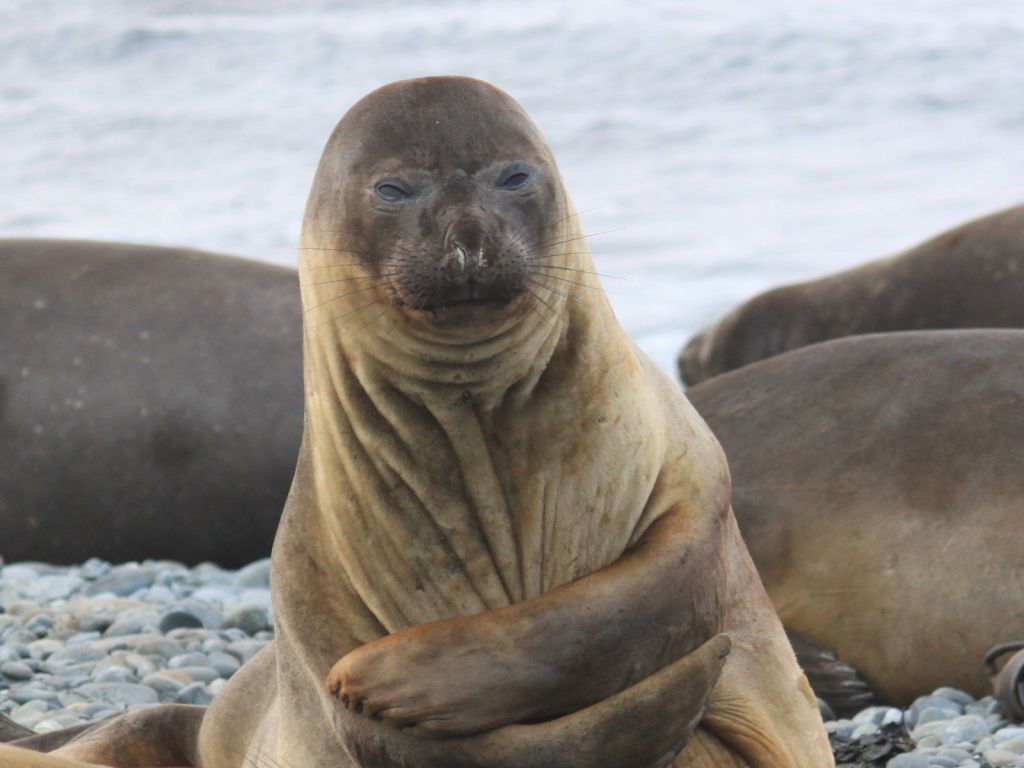
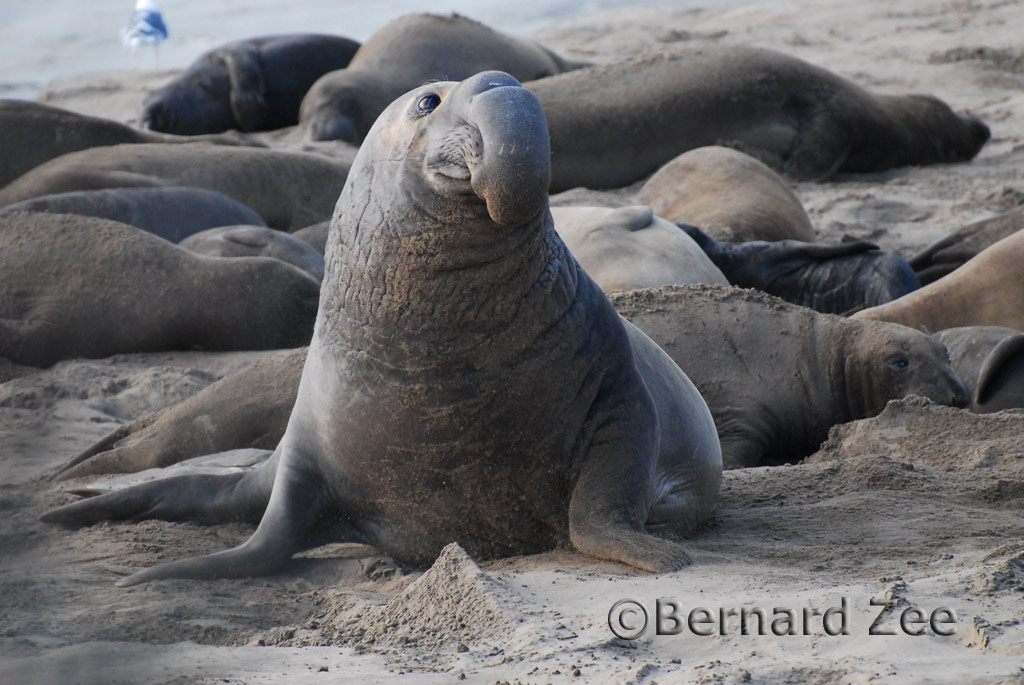



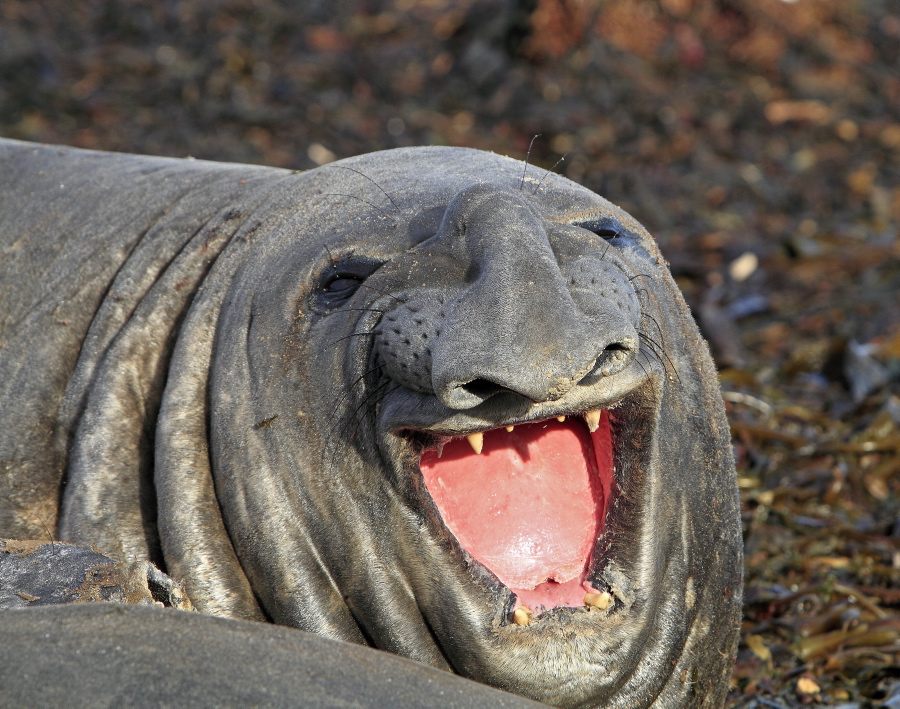
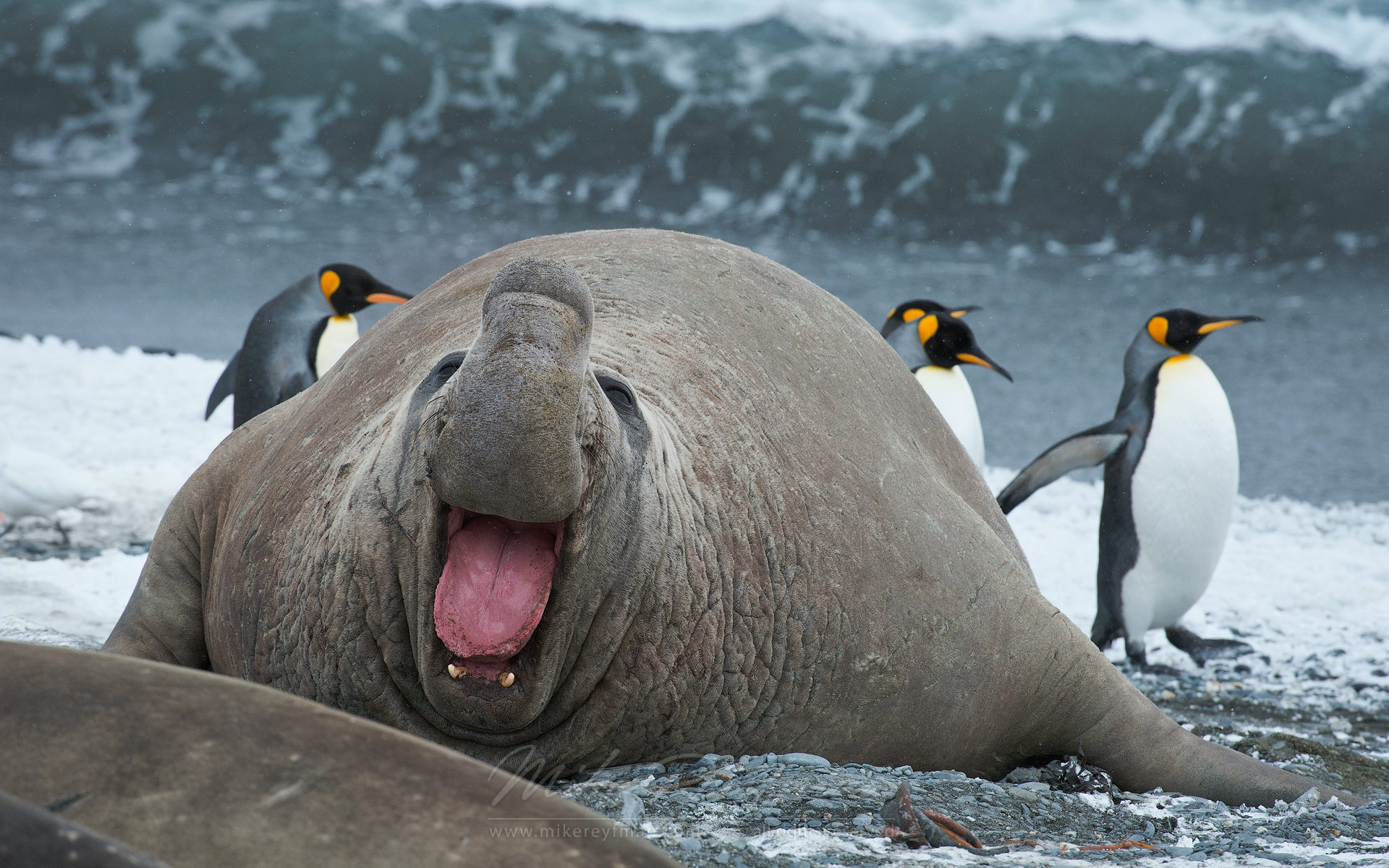
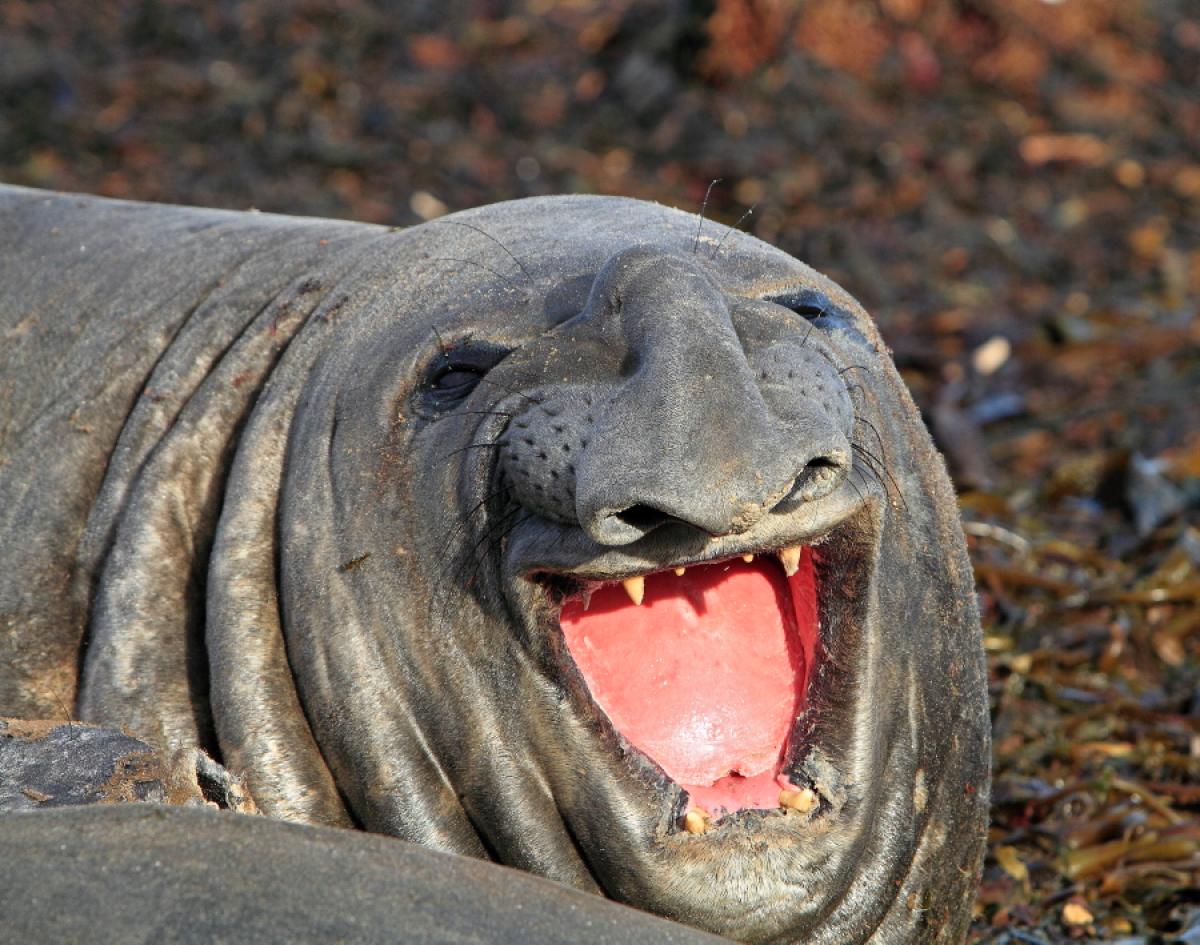
 Animalia Life
Animalia Life